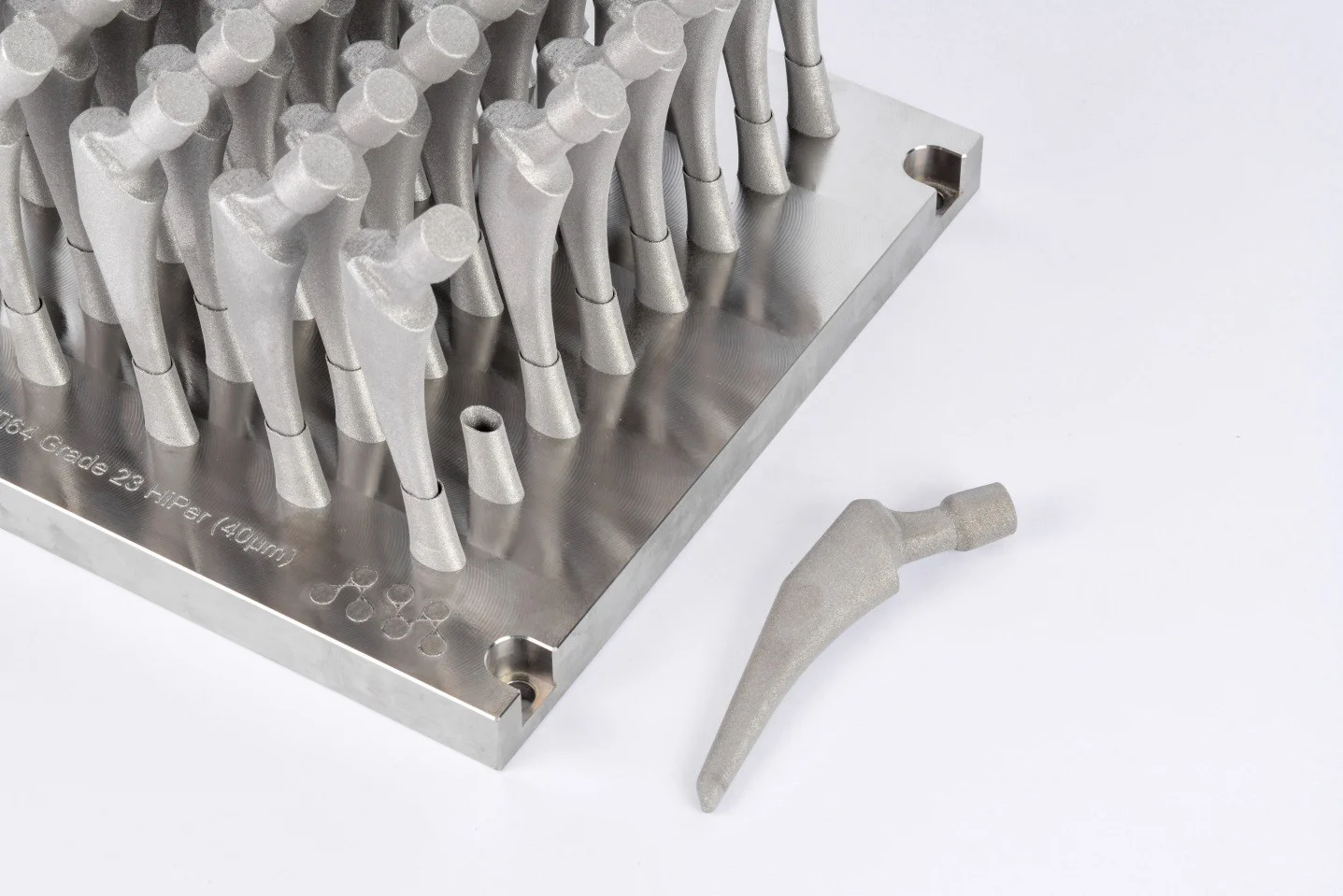Orthopedic implants

So this article, published on the EOS blog, really pleased me. By Davy Orye, Team Manager Additive Minds Consulting, EOS GmbH.
https://www.eos.info/en/blog-articles/possibilities_for_orthopedic_implants
And the reason for my delight? I have long argued that without HIP technology, 3D printing of metal materials cannot fully utilize its potential for technologically demanding applications. One of them is this, orthopedic implants, but equally important to me is the printing of inserts on die casting dies with the requirement to provide the same level of thermal fatigue resistance as classically processed materials have when using the Nadca 207 specification.
Fig. 1 – Example of HIP unit from Quintus, Sweden
Quintus recently conducted a webinar on “Hot Isostatic for Pressing Sputtering Targets”. Although the application is outside the mainstream of our interests, even if it is important for experts in PVD technology, the message was important: Even if we print with a density of 99.95%, there are still several million micron pores in the structure that prevent us from achieving the mechanical properties of forged materials.
It is the same with parts for the aerospace industry, manufactured using the investment casting method. The resulting structure can be very good, but it doesn’t have to be. And since we simply have no way of knowing that, HIP technology is mandatory. This term “mandatory” must be understood in such a way that if we want to ensure the reliability of printing or casting, we must simply eliminate not only those millions of micron pores or random casting defects, but above all we must ensure the reliability of the final product by eliminating all, that is, random internal defects that we can neither detect nor remove.
October 17, 2022
Jiří Stanislav




